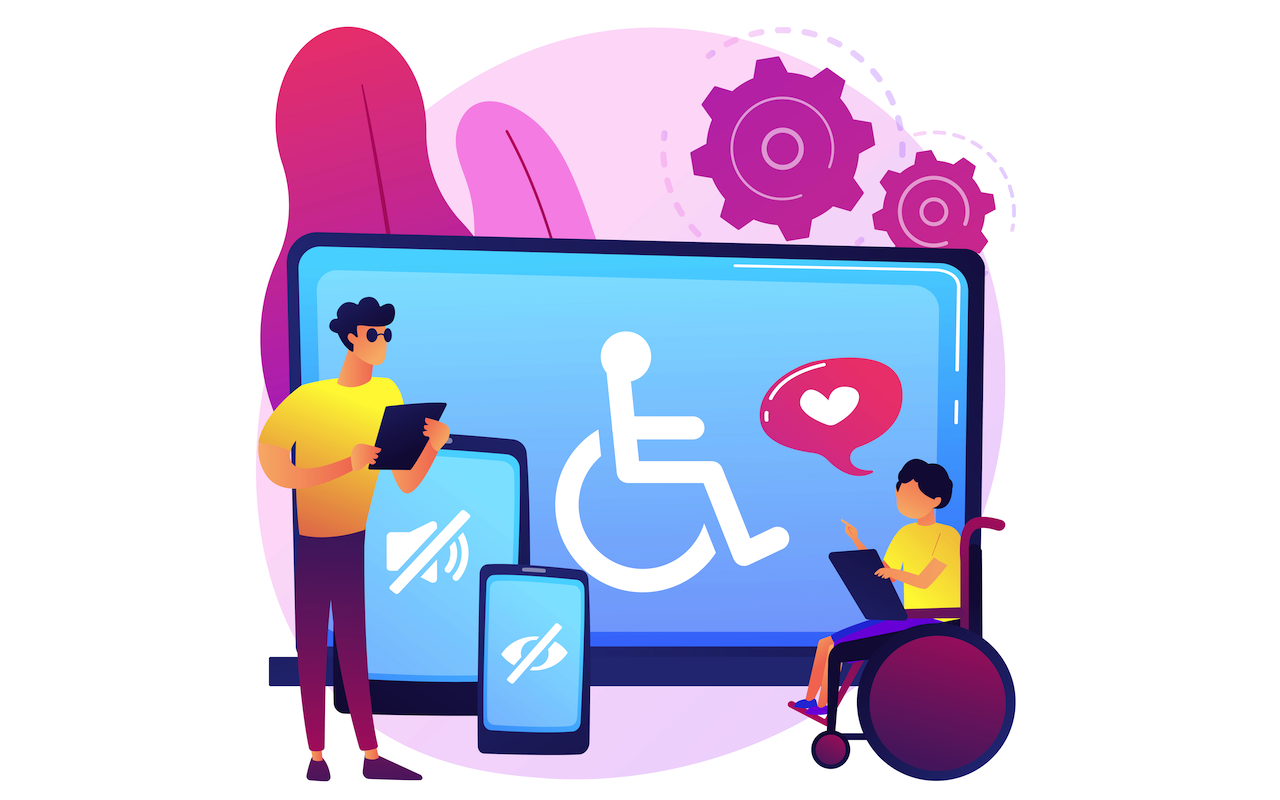
Accessibility is no longer a luxury; it’s a necessity. With over a billion people worldwide living with some form of disability, making digital products accessible is both a legal requirement and a moral responsibility. As organizations strive to create inclusive user experiences and comply with standards like the Web Content Accessibility Guidelines (WCAG), automated accessibility testing has become an essential part of modern development workflows.
This article explores why automated accessibility testing matters, its business value, and how organizations can integrate it effectively into their testing strategy.
Why Automated Accessibility Testing Matters
Manual accessibility testing, while detailed and insightful, can be time-consuming, resource-heavy, and prone to human oversight. Automated accessibility testing complements manual efforts and addresses these challenges by being:
- Faster: Automated tools can scan hundreds of web pages or app screens in seconds, uncovering issues that might take days to find manually.
- Consistent: Automated checks apply the same accessibility standards every time, reducing the likelihood of missed or inconsistent results.
- Proactive: Integrating automated accessibility tests early in the development cycle helps teams detect and fix issues before they reach production.
- Scalable: Large websites or enterprise-scale applications can be tested efficiently, covering far more ground than manual methods alone.
- Compliant: Automated accessibility testing helps maintain alignment with global accessibility laws and WCAG guidelines, minimizing legal risks and potential penalties.
Business Benefits of Accessibility
Accessibility is not only about compliance; it’s a strategic advantage. Making products accessible can yield multiple organizational benefits, including:
- Inclusive User Experience: Ensures that digital products work for everyone, including users with permanent, temporary, or situational impairments.
- Expanded Market Reach: Accessible design widens your audience, builds loyalty, and enhances brand reputation.
- Reduced Legal Risk: Addressing accessibility barriers lowers the risk of lawsuits and negative publicity.
- Improved SEO and Innovation: Many accessibility best practices, such as semantic HTML and clear navigation, also improve search engine performance and encourage better design.
How Automated Accessibility Testing Fits Into Modern Workflows
Automated accessibility testing tools are now a standard component of quality assurance pipelines. They work best when combined with manual testing and user feedback from people with disabilities. Organizations can make the most of automation by focusing on the following practices:
- No-Code or Low-Code Accessibility Testing: Modern test automation platforms often include no-code interfaces, enabling both business users and developers to create accessibility tests without writing scripts. Pre-built accessibility checkpoints aligned with WCAG can accelerate adoption and ensure consistent testing standards.
- Cross-Platform Testing: Automated accessibility testing should cover web, mobile, desktop, and API-driven applications, ensuring consistent accessibility across all user experiences.
- Integration with CI/CD Pipelines: By integrating accessibility testing into Continuous Integration/Continuous Deployment (CI/CD) pipelines, organizations can ensure accessibility is checked regularly throughout the development lifecycle. Automated tests can run alongside functional tests to flag violations early.
- Actionable Reporting: Clear, detailed reports help teams prioritize and fix accessibility issues efficiently. Dashboards that highlight trends, recurring issues, and compliance levels can support cross-functional collaboration among developers, designers, and QA teams.
- Scalability and Speed: Using automated frameworks or pre-built test libraries helps teams achieve faster time-to-value, ensuring accessibility coverage scales alongside product growth.
Real-World Lessons
Legal cases such as the Domino’s Pizza lawsuit highlight the risks of overlooking accessibility. A lack of accessible design can lead to litigation, financial loss, and reputational damage. Embedding accessibility testing into every stage of development helps organizations treat inclusivity as a core design principle, not an afterthought.
Conclusion
Automated accessibility testing is a cornerstone of inclusive, compliant, and user-friendly digital products. It enables faster detection of barriers, promotes consistent quality, and ensures accessibility is baked into every release.
When paired with manual audits and user feedback, automation empowers teams to build experiences that serve everyone equally, a win for users, developers, and organizations alike.
By integrating accessibility into testing strategies, companies not only future-proof their digital assets but also demonstrate a lasting commitment to equity and inclusivity in the digital world.
Featured Image by Freepik.
Share this post
Leave a comment
All comments are moderated. Spammy and bot submitted comments are deleted. Please submit the comments that are helpful to others, and we'll approve your comments. A comment that includes outbound link will only be approved if the content is relevant to the topic, and has some value to our readers.

Comments (0)
No comment